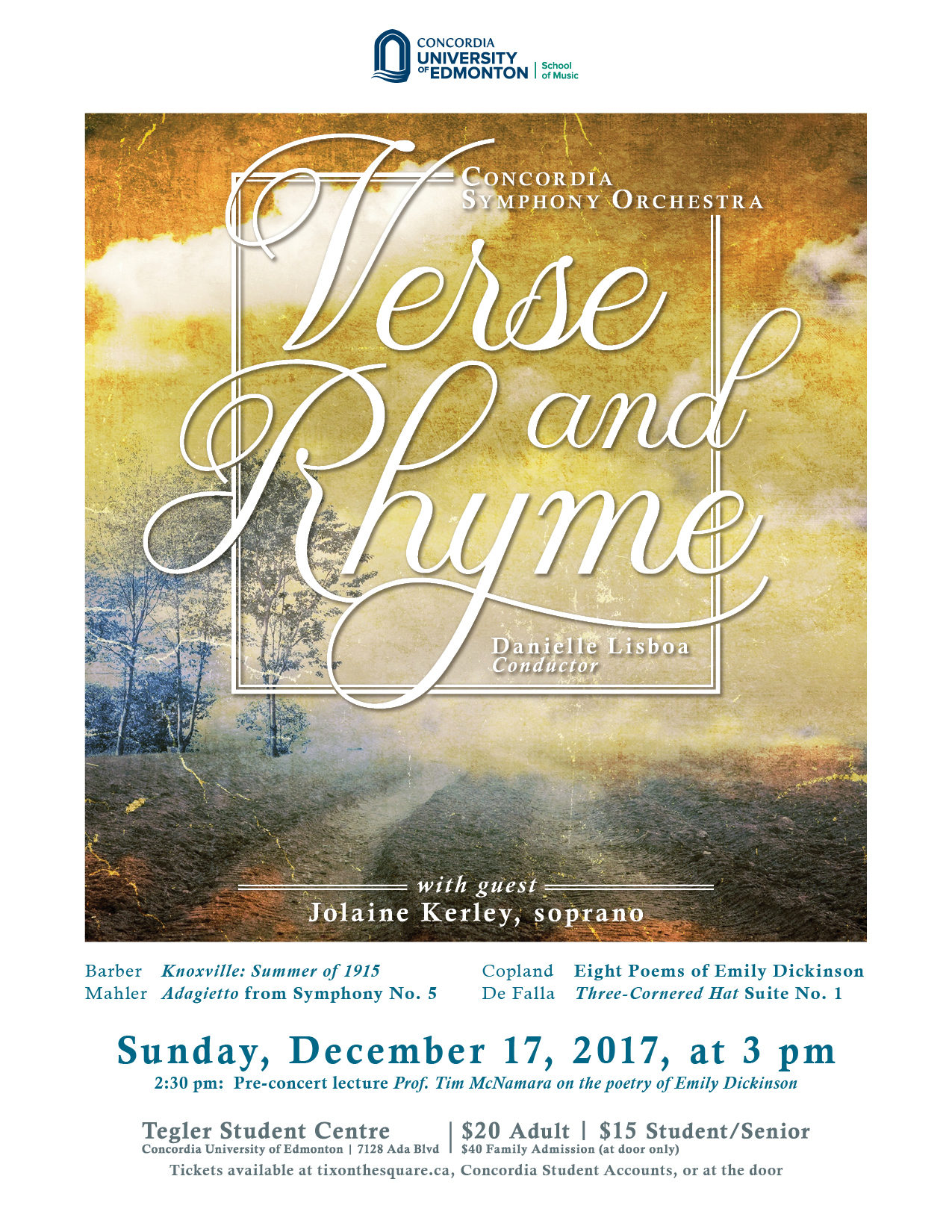

The respondents have the choice between French and English. A non-responding household may receive up to three mail reminders and one SMS reminder before they are contacted by a Statistics Canada interviewer to complete the questionnaire over the telephone.
Gss codebook 2016 code#
First contact is made either by an invitation letter in the mail, which provides a link and access code for completing survey electronically, or by telephone. Data sourcesĭata collection for this reference period: to ĭata are collected directly from survey respondents.ĭata are collected using the computer-assisted telephone interviewing method and an electronic questionnaire. A completion of 10,000 questionnaires was expected. An additional field sample of 40,000 dwellings was selected for the oversample of selected population groups designated as visible minorities. A completion of 20,000 questionnaires was expected. Sufficient sample was allocated to each of the provinces so that the survey could produce provincial and national level estimates.įor the survey, a single eligible member of each sampled household is selected by the age-order selection method to complete the questionnaire.Ī field sample of approximatively 47,000 dwellings was selected for the regular sample. The 2020 GSS frame is stratified by province and household size composition and a simple random sample of dwellings is selected independently within each province. Note that GSS only selects one eligible person per household to be interviewed. The final stage units are individuals within the identified households. The oversample was drawn from a frame created using the 2016 long-form Census of Population with updated address information from administrative information available to Statistics Canada. The 2020 General Social Survey also had an oversample of selected population groups designated as visible minorities. Information is collected from one randomly selected household member aged 15 or older, and proxy responses are not permitted. The stratification is done at the province level. The regular sample is based on a stratified design employing probability sampling. The frame for the regular sample of the survey is the Dwelling Universe File (DUF). This is a sample survey with a cross-sectional design. All comments and feedback from qualitative testing were carefully considered and incorporated into the survey whenever possible. QDRC staff compiled a detailed report of the results along with their recommendations. Questions which worked well and others that needed clarification or redesign were highlighted. Qualitative testing, conducted by Statistics Canada's Questionnaire Design Resource Center (QDRC), was carried out, with respondents in Ottawa, who were screened in based on representative criteria. The questionnaire was designed based on research and extensive consultations with data users. The target population for the 2020 General Social Survey is all non-institutionalized persons and non-residents of First Nations reserves 15 years of age or older, living in the 10 provinces of Canada. Social networks and civic participationĭata sources and methodology Target population.More recent cycles have also included some qualitative questions, which explore intentions and perceptions. Each survey contains a core topic, focus or exploratory questions and a standard set of socio-demographic questions used for classification. This record is part of the General Social Survey (GSS) program. In addition, the survey also covers people's possible experiences of discrimination before and during the Covid-19 pandemic. The key components of the survey include the following topics: social networks, civic participation and engagement, knowledge of Canadian history, appreciation of national symbols, shared values, confidence in institutions, and trust in people. The main objective of the General Social Survey on Social Identity is to provide an overall picture of Canadians' identification, attachment, belonging and pride in their social and cultural environment. Questionnaire(s) and reporting guide(s).
Gss codebook 2016 series#
The two primary objectives of the General Social Survey are to gather data on social trends in order to monitor changes in the living conditions and well-being of Canadians over time, and to provide information on specific social policy issues of current or emerging interest.ĭata release - Septem(First in a series of releases for this reference period.)


 0 kommentar(er)
0 kommentar(er)
